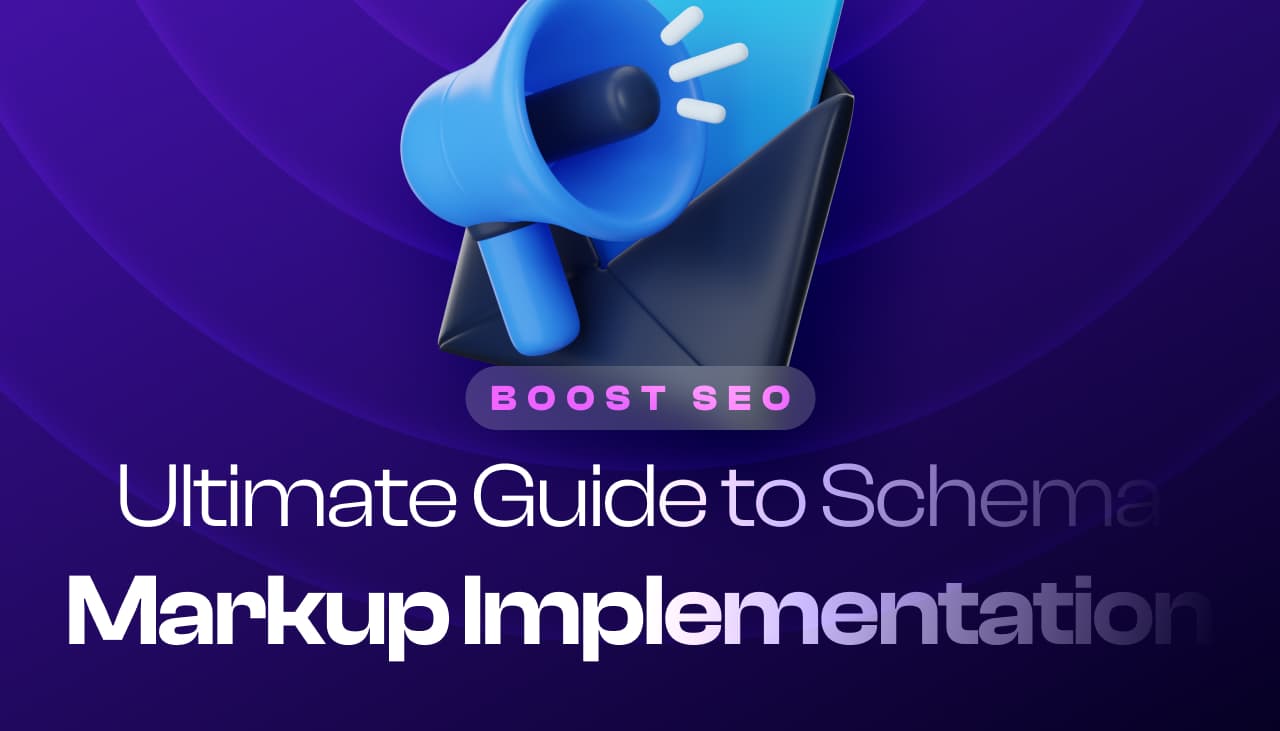In the vast ocean of SEO, long-tail keyword research is our compass. It guides us through the murky waters of search engine rankings, leading us to the treasure trove of targeted traffic.
We’ve discovered that focusing on these specific, often longer phrases helps us connect with our ideal audience. They’re not just words; they’re pathways to potential customers who are looking for exactly what we offer.
By mastering long-tail keyword research, we’re not just guessing what our audience wants. We’re listening to their exact needs and desires, positioning our content to meet them right where they are.
Table of Contents
Key Takeaways
- Long-tail keywords are highly specific phrases that attract more qualified traffic, leading to better conversion rates due to their targeted nature and lower competition in search engine rankings.
- Conducting long-tail keyword research involves understanding audience needs, utilizing tools like Google Keyword Planner and Ahrefs for discovery, and incorporating these keywords into content strategically to align with search intent.
- Leveraging various tools, including SEMrush for competitor analysis and AnswerThePublic for question-based keywords, is essential for uncovering valuable long-tail keyword opportunities that may have been overlooked.
- Optimizing content with long-tail keywords requires careful placement in titles, headers, and meta descriptions, focusing on user intent, and updating strategies based on content performance and SEO trends to ensure ongoing relevance and visibility.
What are long-tail keywords?
Long-tail keywords are specific and often longer phrases that potential customers use when they’re closer to a point-of-purchase or when they’re using voice search. They’re more targeted than generic keywords and, as a result, tend to attract more qualified traffic to a website.
While short-tail keywords might consist of only one or two words, long-tail keywords often contain three or more words. They’re not just longer phrases but also more specific.
For instance, instead of searching for “shoes,” a user might search for “men’s running shoes size 11.” This distinction is crucial because it allows businesses to connect with an audience that’s already interested in what they offer.
The competition for long-tail keywords is usually lower, making it easier for us to rank higher in search engine results pages (SERPs). This lower competition can lead to better conversion rates for our business.
By understanding and leveraging long-tail keywords, we can more effectively align our content with the intent behind potential customers’ searches. This alignment is key to attracting targeted traffic that’s more likely to convert into sales or leads.
Remember, it’s not just about attracting more traffic—it’s about attracting the right kind of traffic. Long-tail keyword research helps us to achieve just that.
Why are long-tail keywords important for SEO?
Long-tail keywords are crucial for SEO for several reasons. First, they’re instrumental in driving highly targeted traffic to websites. This is because they match the specific search queries of users looking for detailed information or products. When users type in long-tail keywords, they’re often closer to a point-of-purchase or have a clear intent.
Furthermore, the competition for long-tail keywords is typically much lower than for more generic, short keywords. This lower competition makes it easier for our content to rank higher in search engine results pages (SERPs), thus increasing visibility. High visibility in SERPs leads directly to more organic traffic, which is essential for the growth of any website.
Another key advantage of using long-tail keywords is their contribution to the website’s conversion rates. Since these keywords are more specific, they attract visitors who know exactly what they’re looking for. This specificity significantly increases the chances that visitors will convert, whether that means making a purchase, signing up for a newsletter, or any other desired action.
By integrating long-tail keywords into our content strategy, we align our content closely with the search queries of our target audience. This alignment not only boosts organic traffic but also enhances the user experience by providing content that directly answers their questions or solves their problems.
Finally, long-tail keywords help us understand our audience’s search intent better. By analyzing the long-tail keywords that drive traffic to our site, we can gain insights into what our audience is really looking for. This understanding allows us to tailor our content even more effectively to meet their needs, further improving our SEO performance and user satisfaction.
How to conduct long-tail keyword research
To kick off our long-tail keyword research effectively, we first dive into understanding our audience’s needs and preferences. This involves analyzing search intent and pinpointing the specific problems or questions our target audience is looking to solve or answer.
Leveraging tools like Google’s Keyword Planner, SEMrush, or Ahrefs, we uncover valuable long-tail keywords. These tools help us discover not just the popularity of certain search terms but also their competition level.
We also don’t overlook the power of Google’s autocomplete feature and related search terms. By simply typing in a broad keyword, Google suggests long-tail variations. These suggestions are based on actual searches, making them incredibly valuable for our research.
Social media platforms and forums such as Reddit or Quora can be goldmines for long-tail keyword ideas. Here, we listen to how our audience speaks about their needs or problems. The exact language they use can guide us toward highly relevant long-tail keywords.
After gathering a substantial list of potential keywords, we prioritize them based on relevance, search volume, and competition. The ideal long-tail keywords are those with a decent search volume but lower competition, aligning perfectly with our audience’s search intent.
Content creation then becomes our focus, where we strategically incorporate these long-tail keywords. Our goal is not just to attract traffic but to draw in visitors who are looking for exactly what we offer.
We continuously monitor and adjust our strategy based on performance metrics. This iterative process ensures our content stays relevant and continues to attract the right audience.
Remember, successful long-tail keyword research is an ongoing journey, not a one-off task. By staying committed to understanding our audience and adapting our approach, we ensure our content remains valuable and visible to those who are searching for it.
Tools for long-tail keyword research
When diving into long-tail keyword research, having the right tools at our disposal is crucial. Google Keyword Planner is a staple in our toolbox. It’s free and incredibly effective for uncovering search volume and trends.
SEMrush offers more in-depth insights. It allows us to analyze competitors’ keyword strategies which is invaluable for carving out our niche. Ahrefs stands out for its keyword explorer tool. It helps us discover keyword ideas we might have overlooked and understand their ranking difficulty.
Don’t underestimate Ubersuggest. Its user-friendly interface makes long-tail keyword discovery accessible for everyone, from beginners to SEO veterans. AnswerThePublic is another gem. It visualizes search queries and provides a plethora of question-based long-tail keywords, ideal for crafting content that answers specific questions.
To not miss out on trending topics, we rely on Google Trends. It’s perfect for identifying timely long-tail keywords related to current events or seasonal terms. Keywords Everywhere is a handy browser add-on. It shows us keyword data right in our Google searches, streamlining the research process.
Here’s a quick summary of the tools we’ve found most useful:
| Tool | Features |
|---|---|
| Google Keyword Planner | Free, reveals search volume and trends |
| SEMrush | Competitor analysis, in-depth insights |
| Ahrefs | Keyword explorer, ranking difficulty analysis |
| Ubersuggest | User-friendly, accessible for all levels |
| AnswerThePublic | Question-based keywords, search query visualization |
| Google Trends | Identifies trending topics, timely long-tail keywords |
| Keywords Everywhere | Convenient browser add-on, shows keyword data during searches |
Integrating these tools into our long-tail keyword research strategy has elevated our SEO game. We’re not just finding keywords; we’re uncovering opportunities to connect with our audience on a deeper level.
How to optimize content with long-tail keywords
Once we’ve identified our long-tail keywords, integrating them into our content is the next step. Placement is key. We ensure these keywords appear in strategic locations: the title, headers, introduction, body, and even the conclusion. However, it’s critical not to overdo it; keyword stuffing can harm our SEO efforts.
We also focus on user intent. We create content that not only includes long-tail keywords but also answers the questions and solves the problems behind those searches. This approach makes our content valuable and share-worthy.
Adding long-tail keywords to meta descriptions and alt tags is another technique we use. These areas might seem small, but they’re mighty in terms of SEO. They help search engines understand and rank our content better.
We don’t forget about URL slugs. Including our long-tail keyword in the page’s URL can enhance its visibility and relevance. It’s a simple yet effective tweak.
Internal linking is our secret weapon. By linking to our own content using long-tail keywords as anchor text, we boost the SEO value of both pages. It’s a win-win situation.
We keep track of our content’s performance. SEO is not a set-it-and-forget-it deal. We regularly review how our optimized content is doing and adjust our strategy as necessary.
Finally, we stay updated with SEO trends and algorithm changes. What works today might not work tomorrow, so being agile in our approach to keyword optimization is crucial.
Conclusion
We’ve journeyed through the intricacies of long-tail keyword research, understanding its critical role in connecting with our ideal audience. By diving deep into audience needs, analyzing search intent, and leveraging powerful tools, we’re equipped to uncover the phrases that drive targeted traffic. Our exploration doesn’t stop here. With the right strategies for content optimization, including strategic keyword placement and creating invaluable content, we set the stage for enhanced visibility and engagement. Remember, the key is to stay agile, continuously refine our approach based on performance insights, and keep abreast of the ever-evolving SEO landscape. Let’s embrace these practices, ensuring our content not only reaches but resonates with our intended audience, driving success in our digital marketing endeavors.
Frequently Asked Questions
What are long-tail keywords and why are they important?
Long-tail keywords are specific, often longer phrases that target a niche audience. They are important because they help businesses connect with their ideal audience, attract targeted traffic, and improve their SEO ranking by catering to specific search queries.
How does one conduct effective long-tail keyword research?
Effective long-tail keyword research involves understanding the audience’s needs and preferences, analyzing search intent, and utilizing various tools to uncover search volume, trends, and keyword difficulty. It enables the identification of precise phrases that potential customers are using to find your content.
What tools are useful for long-tail keyword research?
Useful tools for long-tail keyword research include keyword research tools that offer features such as competitor analysis, keyword exploration, search query visualization, and trends identification. These tools help in finding keywords with lower competition and higher relevance to your target audience.
How should you optimize content with long-tail keywords?
Optimize content with long-tail keywords by strategically placing them in the title, headers, introduction, body, and conclusion without overstuffing. Enhance visibility by also including them in meta descriptions, alt tags, and URL slugs, and use them as anchor text in internal links.
Why is it important to avoid keyword stuffing?
It is important to avoid keyword stuffing because it negatively affects readability and user experience. Overusing keywords can also lead to penalties from search engines, leading to lower rankings. Focus on creating valuable content that naturally includes long-tail keywords.
What role does content quality play in long-tail keyword SEO?
Content quality plays a crucial role in long-tail keyword SEO because search engines prioritize valuable, relevant content that addresses the user’s intent. High-quality, share-worthy content that solves users’ problems using long-tail keywords can significantly improve SEO performance.
How often should you review and adjust your content strategy?
You should regularly review and adjust your content strategy based on performance metrics and stay updated with SEO trends and algorithm changes. Continuous evaluation helps in refining your strategy to maintain and improve your search engine rankings over time.






















Responses (0 )